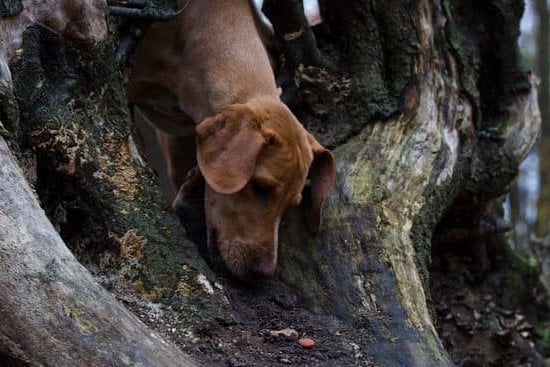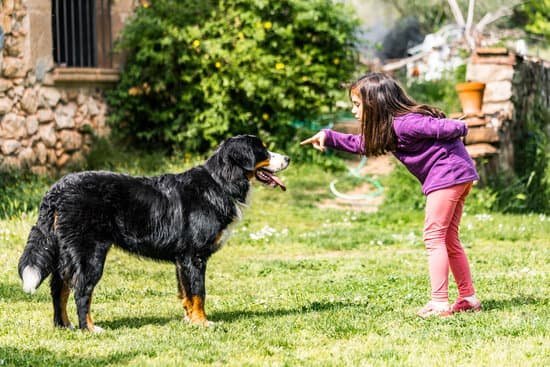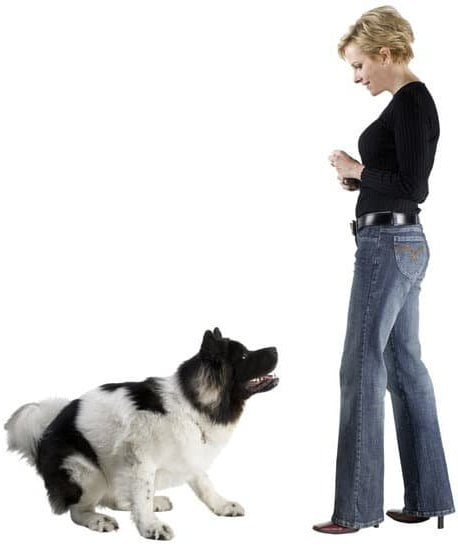Congratulations on your new dog! One of the first things you will need to do is train your dog to use a dog crate. A dog crate is an essential piece of equipment for a dog owner. It can be used for housetraining, car travel, or to keep your dog safe when you are not home.
The following is a dog crate training schedule that will help your dog learn to love his crate.
Day 1
Start by putting your dog’s food bowl in the crate and feeding him his meals inside the crate. Once he is done eating, praise him and give him a treat.
Day 2
Put your dog’s bed inside the crate and let him sleep in it overnight.
Day 3
Begin closing the door to the crate while your dog is eating his meals. Praise him when he finishes eating and give him a treat.
Day 4
Start leaving the crate door closed for short periods of time while your dog is eating his meals. Gradually increase the amount of time the door is closed.
Day 5
Leave the crate door closed for longer periods of time while your dog is eating his meals.
Day 6
Start taking your dog out of the crate for short periods of time while he is eating his meals. Gradually increase the amount of time your dog is out of the crate.
Day 7
Your dog is ready to start using the crate for car travel and housetraining.
Crate Training Your Older Dog
So, you’ve decided you want to crate train your older dog. That’s great! Crate training can be a very beneficial tool for both you and your dog. However, there are a few things you should keep in mind when crate training an older dog.
First and foremost, it’s important to remember that not all older dogs are the same. Some may be perfectly content spending hours in their crate, while others may only be able to tolerate being crated for a short period of time. Be sure to take your dog’s individual personality into account when crate training.
If your dog has never been crated before, you’ll want to start out by introducing him to the crate slowly. Place a few treats inside the crate and let your dog investigate. Once he’s comfortable going near the crate, start feeding him his meals inside the crate. Once he’s eating his meals inside the crate without any issues, you can start crating him for short periods of time. gradually increase the amount of time he spends in the crate.
If your dog has previously been crated, you’ll want to start by reintroducing him to the crate. Place a few treats inside and let your dog investigate. Once he’s comfortable going near the crate, start feeding him his meals inside the crate. Once he’s eating his meals inside the crate without any issues, you can start crating him for short periods of time. Gradually increase the amount of time he spends in the crate.
It’s important to remember that crate training should never be used as a form of punishment. If your dog is reluctant to enter the crate, don’t force him. Instead, try enticing him with a few treats or toys. If your dog is currently struggling with house training, crate training may not be the best solution.
Crate training can be a very beneficial tool for both you and your dog. By taking the time to properly introduce your dog to the crate, you can help make the process a smooth and stress-free experience for both of you.
How Do I Crate Train A Dog
?
There are a variety of reasons why people may want to crate train their dog. Perhaps you need to leave your dog home alone during the day and you don’t want him to chew up your furniture. Or maybe you’re taking your dog on a road trip and you want a place for him to sleep that’s both comfortable and safe. Whatever the reason, crate training can be an effective way to train your dog to behave in a specific way.
The first step in crate training is to get your dog used to the idea of being in a crate. You can do this by gradually introducing him to the crate, starting with just a few minutes at a time. Once your dog is comfortable being in the crate, you can begin using it as a training tool.
One of the most important things to remember when crate training is to always be consistent. If you allow your dog to break the rules once, he will be less likely to obey them in the future. So make sure you only allow your dog to come out of the crate when you give him permission, and always reward him for good behavior.
If you’re having trouble getting your dog to follow your commands in the crate, don’t be afraid to seek help from a professional dog trainer. A good trainer can help you create a training program that’s tailored specifically to your dog’s needs.
Best Dog Crate For Puppy Training
When it comes to crate training a puppy, there is no one-size-fits-all answer. The best dog crate for puppy training may vary depending on the individual puppy’s personality and temperament. That being said, there are a few general things to look for when choosing a crate for a puppy.
The crate should be big enough for the puppy to stand up, turn around, and lie down in comfortably, but not so big that the puppy can potty in one end and sleep in the other.
The crate should be made of a sturdy material that can stand up to puppy chewing.
The crate should have a door that can be easily opened and closed.
The crate should be easy to clean.
Once you have found a crate that meets these general criteria, you will need to decide which type of crate is best for your puppy. There are three main types of crates:
1. Wire crates – Wire crates are the most popular type of crate because they are sturdy and allow the puppy to see and interact with his surroundings.
2. Plastic crates – Plastic crates are less popular than wire crates, but they are sturdy and can be easily disinfected.
3. Soft-sided crates – Soft-sided crates are the least popular type of crate, but they are lightweight and portable.
Ultimately, the best dog crate for puppy training is the one that the puppy is most comfortable in and that you are most comfortable using.
Do You Have To Crate Train A Dog
?
The answer to this question is both yes and no. Some dogs will readily take to their crates and never have an issue with being confined while others may take a little more time and patience to get used to the idea of spending time in their crate.
For dogs that are hesitant to enter their crates, it may be necessary to crate train them. This simply means that you will need to help them get comfortable with their new surroundings by providing positive reinforcement every time they enter the crate and by gradually increasing the amount of time they spend in the crate.
Ultimately, the decision of whether or not to crate train your dog is up to you. However, if you do choose to crate train your dog, be sure to do so in a positive and humane way.

Welcome to the blog! I am a professional dog trainer and have been working with dogs for many years. In this blog, I will be discussing various topics related to dog training, including tips, tricks, and advice. I hope you find this information helpful and informative. Thanks for reading!





